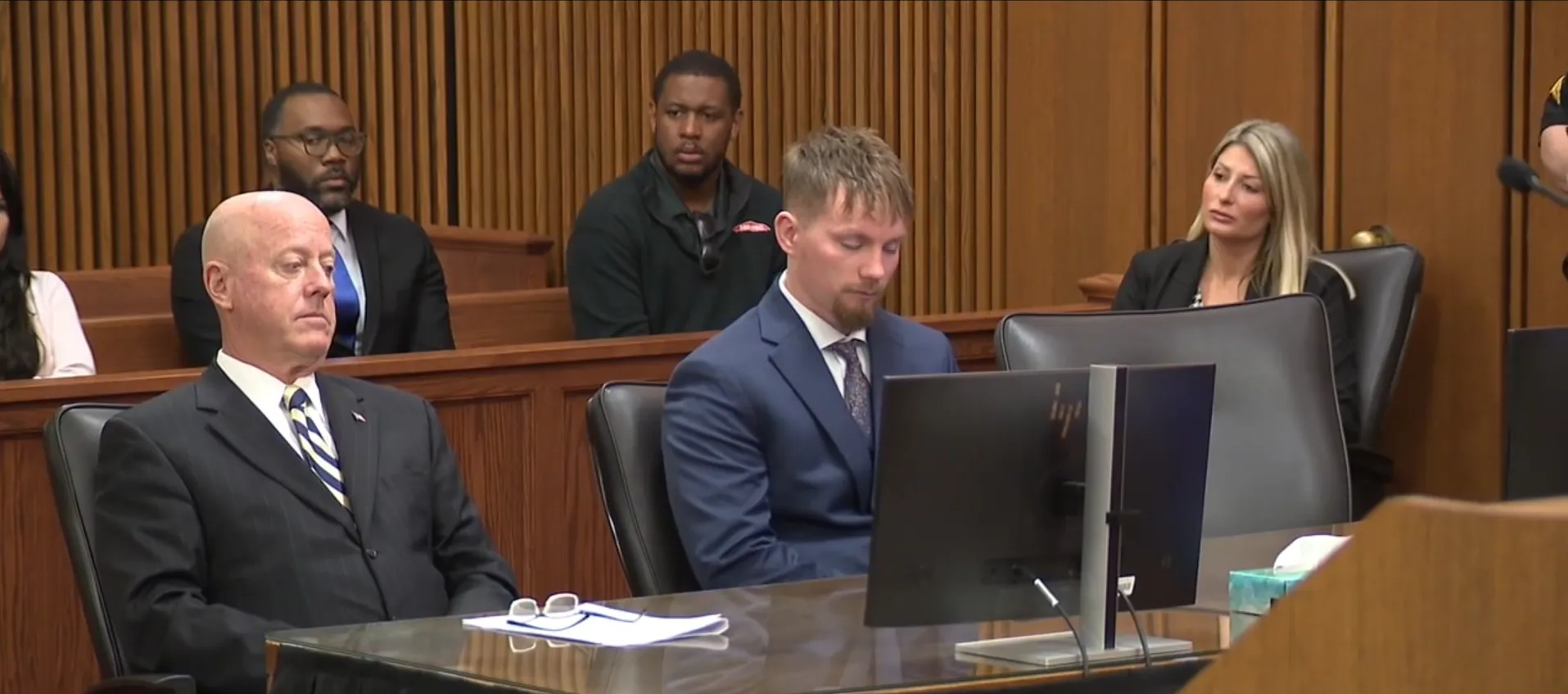At a time when American society is increasingly questioning police accountability, the Cuyahoga County court delivered another blow to the腐敗的系統: Former East Cleveland police officer Bryan Stoll received one year of imprisonment for vandalism, assault, and obstruction of justice. This verdict, issued at the end of September 2025, culminated an investigation that uncovered shocking abuses of power during two incidents in 2022 — cases reminiscent of deep issues within law enforcement in impoverished neighborhoods such as East Cleveland.
According to District Attorney Michael O’Malley, whom I have repeatedly interviewed during similar cases, Stoll did not just break the law — he betrayed the very essence of the police oath. “These officers, who were supposed to protect the community, turned into a threat to it,” O’Malley said in a press release, emphasizing the role of body cameras, which became key evidence in this case. Insiders from the Cleveland Police Department, whom I spoke to anonymously, confirm: East Cleveland, with its chronic underfunding and staffing shortages, has long been a hotspot of corruption. Since 2023, at least 11 officers have been exposed for similar crimes — from falsifying reports to systematic violence, reminiscent of scandals in Ferguson or Minneapolis.
It all began on March 31, 2022, when Stoll, along with colleagues Tyler Mundson, Daniel Tummer, and Kyal Wood, participated in a pursuit of a 32-year-old man. Initially seeming like a routine traffic stop, video footage from body cameras revealed the truth: Wood deliberately rammed the victim’s vehicle, not the other way around as officers reported. The victim, having parked his car, raised his hands and complied with commands, but Stoll and Wood forcibly pulled him out, beating him with fists and knees around his head and torso. Later, Stoll took the victim’s phone, which was trying to record the incident, and shattered it, bending the body and smashing the screen — a classic act of evidence concealment I have seen in many cases of police brutality.
Only ten days later, on April 10, a similar scene repeated: a chase of a 25-year-old driver resulted in an accident caused by Wood, and Stoll again used excessive force, pushing the victim into a police car. This time, the victim managed to call 911, requesting medical help, but East Cleveland officers pushed away the ambulance. Only the intervention of Cleveland police saved the situation — they called medics despite colleagues’ resistance, and the victim was hospitalized. This episode, as my sources within municipal authorities tell me, illustrates a deep divide between departments: East Cleveland, with its reputation as a “wild West,” often ignores protocols, while neighboring forces try to uphold standards.
Stoll’s conviction is not an isolated case but part of a broader cleanup. Kyal Wood, for example, has already admitted guilt in similar charges and received probation, while other officers like Tyler Mundson are still awaiting trial. According to my legal sources, these cases could lead to reforms: from enhanced training on the use of force to mandatory audits of body camera footage. But will this be enough to restore trust in a community where police are often perceived as enemies? One could say that genuine change requires not only convictions but also systemic transformations that start from the top.
This case reminds us: in an era where every smartphone can witness, police impunity is becoming less and less possible. But for residents of East Cleveland, where poverty and crime intertwine with corruption, this is just the beginning of a long fight for justice.
